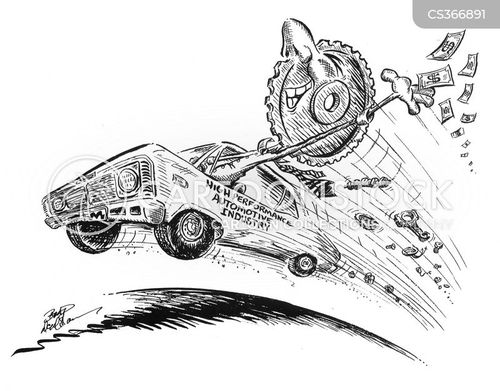Recently, Slovakia has grown to become one of the leading car producers in world, primarily thanks to the presence of three world-class automotive companies being established in Slovakia: Volkswagen Slovakia in Bratislava (since 1991), PSA Peugeot Citroën Slovakia in Trnava (since 2003) and Kia Motors Slovakia in Žilina (since 2004). The European industry was moving in the same directions as the American industry, toward a mass market for motor vehicles, but it made slower progress for a variety of reasons: lower living standards with less purchasing power, smaller national markets, and more restrictions in tax and tariff policies.
Industry & Analysis (I&A) staff of industry, trade and economic analysts devise and implement international trade and investment strategies to strengthen the global competitiveness of U.S. industries. The trend for automotive manufacturing in North America to serve Western Hemisphere markets is to move capacity to Mexico.
Traditional automotive players that are under continuous pressure to reduce costs, improve fuel efficiency, reduce emissions, and become more capital-efficient will feel the squeeze, likely leading to shifting market positions in the evolving automotive and mobility industries, potentially leading to consolidation or new forms of partnerships among incumbent players.
These measures effectively rendered the Auto Pact requirements meaningless (the Auto Pact itself was eventually deemed illegal by the World Trade Organization in 1999 because it discriminated against the newer entrants into the Canadian industry, namely Toyota and Honda), and the entry of Mexico fully into the North American industry created a new continental competitor for auto investment dollars.
People keep forgetting, while we’ve expanded the automotive business and gone to China, the Chinese industry has grown to be a larger market than the US, and we’ve created some pretty formidable players as joint venture partners over there who are going to be looking for space.
